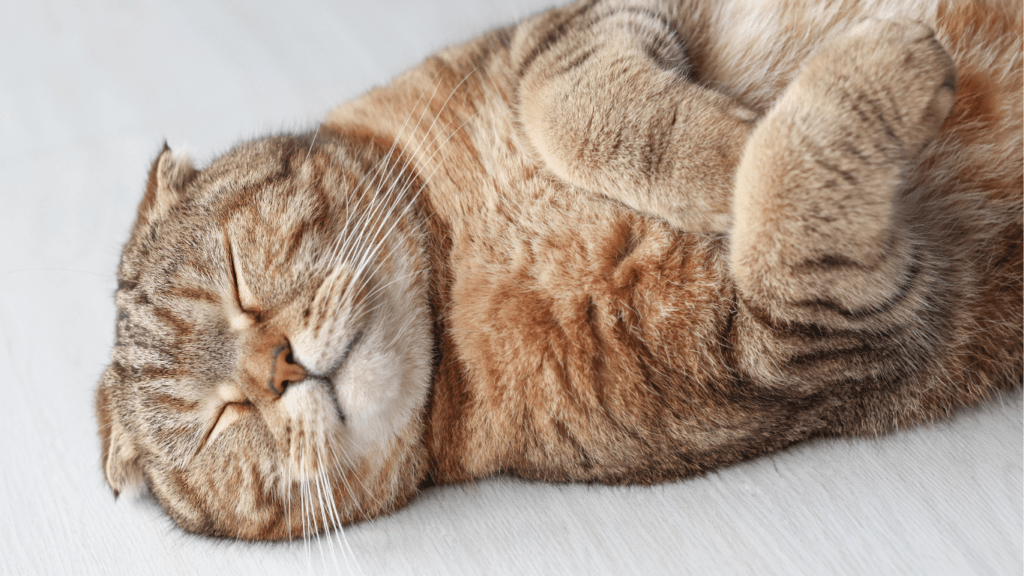Understanding Your Pet’s Ideal Weight
Knowing your pet’s ideal weight is crucial for maintaining their overall health. Various factors influence pet weight, and assessing their body condition ensures tailored weight management.
Factors Influencing Pet Weight
Several factors impact a pet’s weight, including:
- Age: Older pets usually move less and may gain weight easily.
- Breed: Certain breeds, like Labradors and Dachshunds, have a higher predisposition to weight gain.
- Diet: Overfeeding or providing high-calorie foods contribute to weight gain. Portions must match activity levels.
- Activity: Pets that don’t get sufficient exercise often become overweight. Engaging them in regular physical activities helps maintain weight.
- Health: Conditions like hypothyroidism and Cushing’s disease affect weight. Regular check-ups are essential to rule out these issues.
Assessing Your Pet’s Body Condition
To determine if your pet is at their ideal weight, use body condition scoring (BCS). This method evaluates fat deposits, particularly around the ribs, abdomen, and spine. Scores range from 1 (very underweight) to 9 (obese):
- Ribs: In an ideal weight pet, you can feel but not see their ribs. Excess fat obscures the ribs in overweight pets.
- Abdomen: A visible waistline and an upward tuck in the abdomen indicate a healthy weight.
- Spine: You should feel the bones without excess fat covering them.
Refer to the BCS chart provided by your veterinarian for precise evaluation. Regularly monitor and adjust your pet’s diet and activity levels based on these assessments.
Diet Management Tips

Effective diet management ensures that pets maintain a healthy weight. Implementing the right strategies can make a significant difference in your pet’s overall health.
Choosing the Right Food
Selecting the right food is crucial for weight management. Look for high-quality, nutrient-dense foods designed for your pet’s age, breed, and health conditions.
Avoid foods with high fillers like corn or soy, which offer little nutritional value. For example, a senior dog might benefit from a diet lower in calories but higher in fiber. Consult your vet to identify the best food options tailored to your pet’s specific needs.
Understanding Portion Sizes
Proper portion control helps prevent overeating and weight gain. Follow the feeding guidelines on the food packaging as a starting point but adjust based on your pet’s activity level and metabolism.
Measure your pet’s food using a standard measuring cup to ensure accuracy. For instance, an inactive cat may only require half a cup per day. Regularly monitor your pet’s weight and adjust portions accordingly, consulting your vet if needed.
The Importance of Regular Exercise
Exercise is vital for maintaining your pet’s healthy weight. It boosts metabolism and prevents weight-related health issues.
Fun Exercise Ideas for Your Pet
- Fetch: Playing fetch with a ball or Frisbee keeps dogs active.
- Cat Toys: Engage cats with interactive toys like laser pointers or feather wands.
- Obstacle Course: Create a mini obstacle course in your backyard for physical and mental stimulation.
- Swimming: If available, swimming provides excellent low-impact exercise for pets.
- Agility Training: Enroll in agility classes that offer both physical exercise and mental challenges.
Setting an Exercise Schedule
Daily exercise benefits pets’ overall health. For dogs, aim for at least 30 minutes of activity twice daily. Divide cats’ playtime into shorter, multiple sessions to keep them interested.
Adjust the schedule based on your pet’s breed, age, and health condition. Consult your vet to determine the best routine for your pet’s needs.
Monitoring Progress and Adjustments
Regularly evaluating your pet’s weight helps maintain their health. Accurate tracking and timely adjustments ensure steady progress.
Keeping a Weight Log
Maintaining a weight log provides critical insights. Record your pet’s weight weekly. Include dates and weigh-in results. Ensure consistency by using the same scale and weighing conditions each time.
Document any notable changes in behavior, activity level, or diet. These records help identify trends, making it easier to determine if your current weight management plan is effective.
When to Adjust Diet and Exercise
Assess your pet’s progress monthly to decide if adjustments are necessary. Reduce portion sizes or adjust meal frequency if weight loss is slow.
Conversely, increase food intake if your pet loses weight too quickly, but do so gradually to avoid digestive issues. Modify exercise routines based on energy levels and body condition.
If your pet seems lethargic or isn’t losing weight despite regular activity, incrementally add more physical activities. Consult your vet before making significant changes to avoid negative health impacts.
Consulting Professionals
Consulting professionals can significantly aid in managing your pet’s weight. They offer personalized advice and help implement effective strategies.
When to Consult a Vet
Consult a vet if your pet’s weight changes suddenly or health issues arise. Vets conduct thorough exams to identify underlying medical conditions contributing to weight gain or loss.
Schedule regular check-ups every six months to monitor your pet’s weight and overall health. For signs like lethargy, reduced appetite, or difficulty moving, make an immediate appointment.
The Role of Professional Dietitians
Professional dietitians specialize in crafting bespoke nutrition plans. They assess your pet’s specific dietary needs, based on factors like age, breed, and activity level.
Dietitians recommend suitable food types and portion sizes, ensuring balanced nutrition. They also provide guidance on avoiding common feeding mistakes and advice on high-quality, nutrient-rich pet foods.
Consulting these experts optimizes your pet’s weight management plan and supports their overall well-being.


